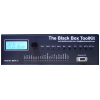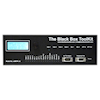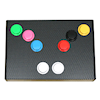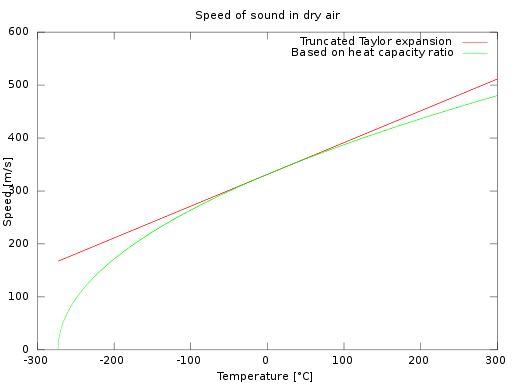Background
At the Black Box ToolKit we specialize in helping you achieve millisecond accurate presentation, synchronization, and response timing in your computer-based psychology experiments. Here are just a few of the things that can stop you doing just that!- TFT Input lag
- TFT response time
- Image intensity
- Sound card latency
- Response devices
- Voice keys
- 3rd party equipment
- OS issues
- Software settings
- Conditional biases
- The laws of physics




Need more help?
If you are unsure of how our products could work for you take a look at our What, Why and How pages. Answers to common application questions can be found in the FAQ section.If you have an application in mind but aren't sure, feel free to get in touch via email. Alternatively contact us by mail, phone or fax. We are here to help!
The laws of nature and the laws of physics in psychology experiments
 Sometimes you just can't do
what you want in life because the laws of nature/physics will work
against you. For example, if you try playing very short duration
sounds to subjects in your computer-based psychology experiment
it's likely that they won't be presented correctly. This is
because the speaker is a moving coil that takes milliseconds to
move back and forth to generate sound waves. To do this it must
have time to mechanically start vibrating.
Sometimes you just can't do
what you want in life because the laws of nature/physics will work
against you. For example, if you try playing very short duration
sounds to subjects in your computer-based psychology experiment
it's likely that they won't be presented correctly. This is
because the speaker is a moving coil that takes milliseconds to
move back and forth to generate sound waves. To do this it must
have time to mechanically start vibrating.Most experiment generators used in psychology experiments will let you enter stimulus presentation figures that can't possibly be achieved in the real world. Their job is not to reality check what you are trying to accomplish. This applies across the board to TFT panels that suffer from input lag or slow pixel response times to sounds that are two short to produce using traditional moving coil speakers. Or maybe an image on a monitor is simply to dim to perceive as rapidly as might the same image at a greater intensity.
Any software will slavishly try to follow orders irrespective of whether those orders are sensible. Unless you self-validate your own millisecond timings with a Black Box ToolKit v3 you will never know what has or hasn't been achieved.
One classic pitfall is the speed of sound. The speed of sound in air is roughly 1 millisecond per ft (approx 30cm). Thus if you position your speakers around the room say 10ft from your subject then there will be approximately a 10 millisecond sound lag over a visual display just because of air density. The further away your speakers the longer it will take for the sound waves to reach the subject.

The speed of sound in dry air
Image courtesy of Kwikwag Fubar

A sound pressure wave
Image courtesy of Christophe Dang Ngoc
Pneumatic headphones in MRI studies are also effected in a similar way. If you have 30ft or approx 10m or rubber tubing then the sound will take 30 milliseconds to reach your subject in which case you should start playing your sound 30 milliseconds before you present your visual image for them to be aligned. Remember how lightening works!
The speed of sound does not
equal the speed of light.
So for cross modal work you should take this into account.
So for cross modal work you should take this into account.
